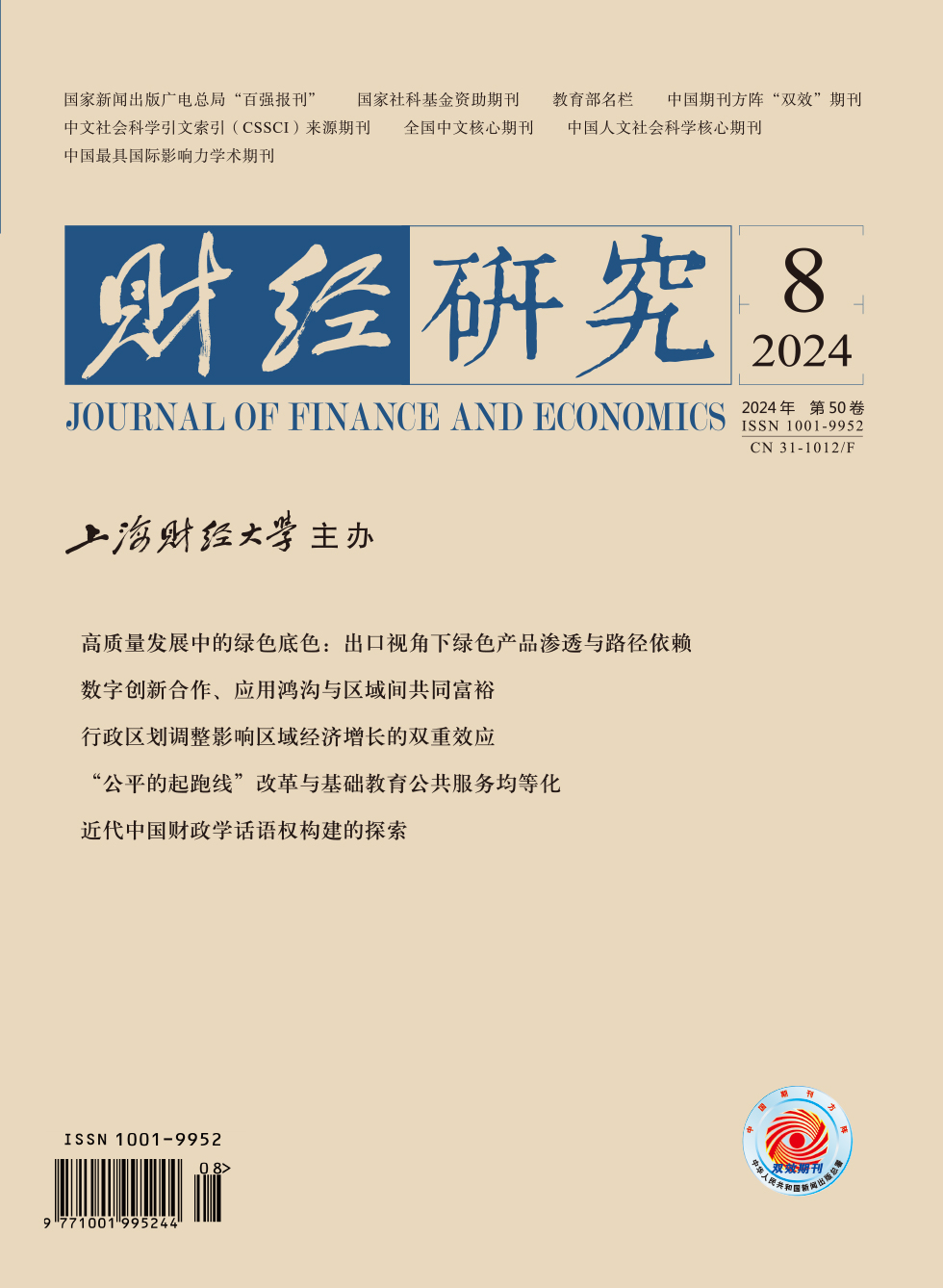Since the reform and opening up, administrative division adjustment has been an effective policy measure to promote economic development and social governance. However, the academic circles have not fully studied the effects of the new round of county-to-city upgrading policy in recent years. In view of this, it is of great significance to investigate the effects of the new round of county-to-city upgrading policy to promote the effective release of the policy dividend and give full play to its positive policy effects.
Based on the county-level panel data of 246 counties and cities in China from 2011 to 2020, this paper empirically analyzes the effects and mechanisms of the new round of county-to-city upgrading policy on regional economic growth by constructing a DID method. The findings reveal that the policy effects are mixed. On the one hand, the policy generates dividends for local economic development through channels such as attracting investment, promoting employment, enhancing financial development, and improving public services. However, due to the weak industrial foundations and the incentive mechanism for local officials to prioritize achieving the city-level status in the short term at the expense of long-term development vision, there is a greater emphasis on the significant increase in urban infrastructure construction after the policy, resulting in negative growth of regional economic output. On the other hand, the less developed regions experience a more pronounced negative impact. Regarding the time dynamics, the negative impact is more significant in the short term and becomes less significant over time.
This paper makes several potential contributions: First, it provides the latest empirical analysis of the effects of the new round of county-to-city upgrading policy, filling the gap in existing literature that mostly focuses on descriptive interpretations of the policy at the theoretical level. Second, it reveals that the policy has a short-term negative impact on local economic growth, but this effect diminishes over time. It differs significantly from the previous research, which suggests that the effect of the previous round of policy is insignificant in the short term or can promote local economic growth in the long term. Third, the current policy guidance for regional macroeconomics aims to promote the quality and efficiency of new urbanization, emphasize the coordinated development of cities, prevent a focus on short-term political performance goals while neglecting long-term performance tracking, and promote the high-quality development of the national economy. Under this background, this paper hopes to provide corresponding policy references for relatively backward regions to consolidate the industrial foundation and reverse the distortion of incentives.





 2900
2900  3310
3310

